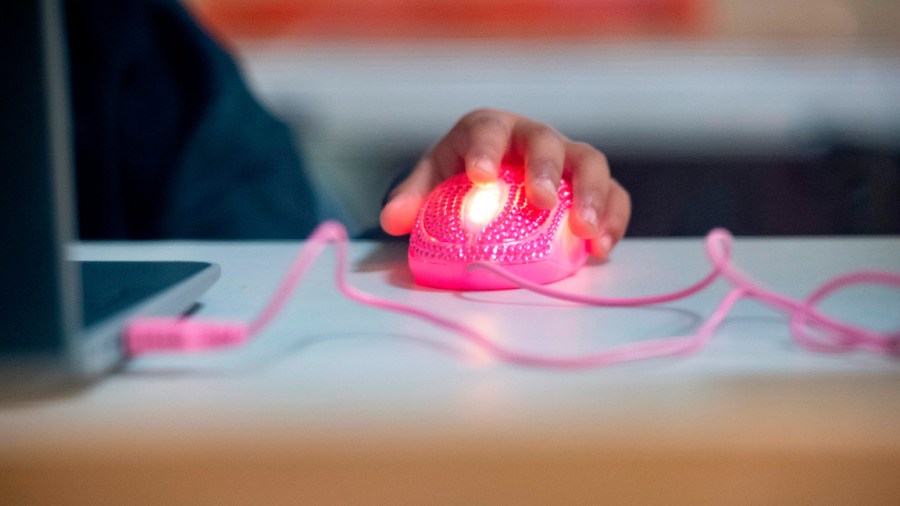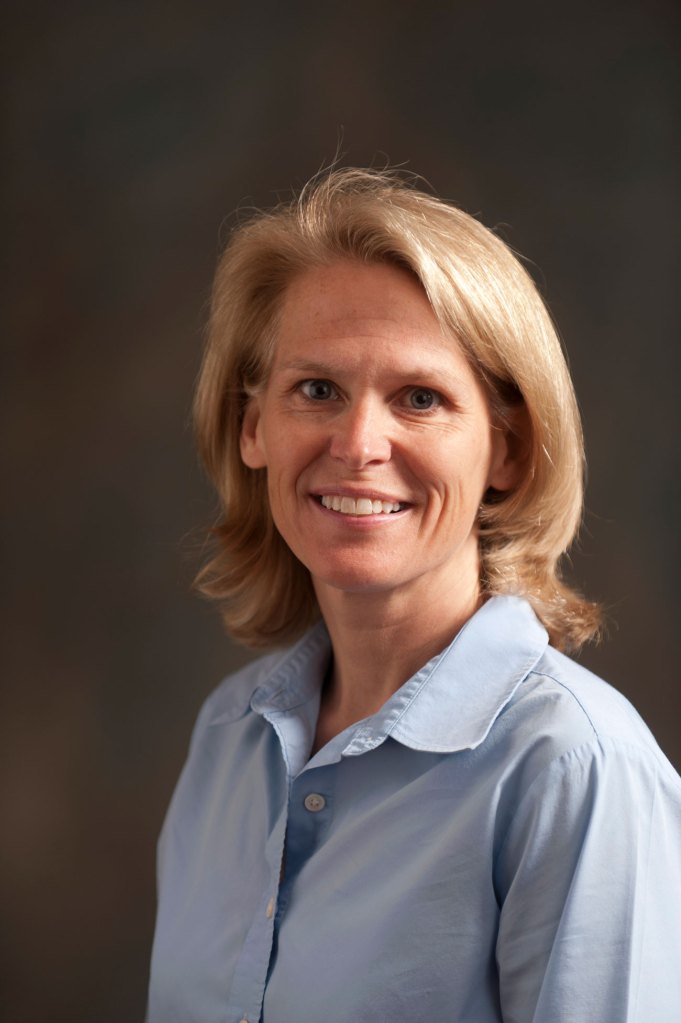For-profit online schools are getting a second look from parents

This episode originally aired on Sep. 21, 2020.
This week, I’m taking a look back at some of the shows from 2020 that deal with issues that continue to be, shall I say, challenging. That includes education and the complexities of dealing with remote school every day. With parents trying to figure out the best remote-schooling options, enrollment in alternative online schools rose significantly this fall.
Some of these are for-profit schools that get public money from states or public school districts for each student that they enroll, and have been around for years. I spoke with Jennifer King Rice, a professor of education at the University of Maryland, who’s studied for-profit virtual schools. She says you shouldn’t assume that having experience in remote learning means the school is better. The following is an edited transcript of our conversation.

Jennifer King Rice: The way they make money is that they have tend to have much higher student-teacher ratios and so they have fewer teachers available. And I think the obvious thing is they save money on their facilities and what it costs to maintain a physical school plant.
Molly Wood: What might a student-teacher ratio look like? Like how big are class sizes?
Rice: Well, they can get quite big. The mean across all virtual schools in a recent study that we did was about 44 students per teacher in a virtual school compared to about 16 students per teacher in the national average across the board in brick and mortar schools. There is a lot of variation though. So this is not a one-size-fits-all. There are some virtual schools who have student-teacher ratios that are as high as 1,200 students per teacher.
Wood: Wow. That sounds like college and that’s a K-12 school, potentially?
Rice: That’s a K-12 school. Picture very large virtual classrooms where a teacher either has a pre-recorded, or I guess maybe in rare instances, asynchronous lesson, where 1,200 students from home are engaging in that curriculum.
Wood: And what do we know about outcomes? I know with charter schools, that’s not always easy to measure or maybe there isn’t a lot of oversight. Do we know whether these schools work?
Rice: Well, it really depends on the school and the arrangement with the school system. There are some virtual schools that that deliver reasonable outcomes. But this has been extremely uneven. Virtual schools have been highly under fire. And increasingly there’s been greater accountability for virtual school outcomes by state legislatures. In this study that we do every other year, we track legislation that’s coming out around virtual education across the states. And in recent years, we’ve seen much more focus on accountability and trying to hold virtual schools to the same standards that we hold traditional brick and mortar public schools. So I think that has been a struggle. This seems like a good option, but in many cases the test scores really don’t measure up.
And if I could just add, that’s just test scores as the outcome. If we really think about the broad outcomes of public education, we should be thinking well beyond how students do on test scores to their development as human beings, their ability to interact with other individuals who have different belief systems or who come from different backgrounds. So, you know, most of those interpersonal kinds of developmental achievements are not even accounted for.
Wood: Is this a moment, do you think, given the pandemic and how many school districts are suddenly having to grapple with remote learning? Is this a moment when districts could learn though from what virtual schools have been doing or they could improve each other?
Rice: I think it absolutely is. So I don’t think we need to think about this — in fact, I don’t think we can think about these issues as binary, as all face-to-face or all virtual. And I think the answer is very likely to be somewhere in the middle where we find the mechanisms that work the best using technology and leverage that technology to improve the outcomes in public schools. But if we go all virtual, we lose that interpersonal, the soft skill development that we also very much care about. The idea of using technology in ways that can individualize curriculum and individualize instruction that gives students more choices about what electives they might be able to take and move at their own pace through that content, that’s all very attractive. And online curriculum can provide that freedom and flexibility and individualization. But online curriculum falls short when we’re talking about all of these other kinds of outcomes. In fact, they have fallen short to some extent even on the test score outcomes. But if we think about that whole range of outcomes that we have for K-12 education in our country, we need time together. We need to be with students. We need students to be with one another. There are all the physical dimensions and the clubs and the co-curricular activities that are so important to having a holistic education.
Wood: I have a 13-year-old. The online school thing is not great. If one of these ads popped up on TV, would you say to yourself as a parent, “You know what, I’m going to try it. This is the year.”
Rice: I might if I didn’t know what I know. I think it also depends on what the bird in the hand is, what does your current situation look like? And how much do you trust the school that your kids would otherwise be going to? And, again, I think one of the problems with the public schools is that they have also responded in a binary fashion: either we’re open and we’re going to rotate kids through or we’re going 100% virtual. I think there’s some really creative solutions somewhere in the middle, and I’m disappointed that we’re not thinking those through.
Wood: Tell me more about that.
Rice: In some ways, we’re dealing with two pandemics here, right? We’re dealing with the COVID-19 that has pushed us to remote learning. On the other hand, we’re dealing with the whole anti-Black racism culture that is extremely problematic. And I think education sits squarely in the center of both of those. And if we move to fully remote learning, we’re really sacrificing our ability to prepare students to function in a diverse society. And this is a time of reckoning for education, because we have a real responsibility to educate young people to be able to function, to be able to work with people who are different than they are, to be able to engage in respectful conversations across difference. And public education allows for that. Asynchronous virtual learning does not. So, it’s really wrapping our arms around all that it is that we want to public education to do during those formative K-12 years. And we need to be real careful about losing some of what’s really important that happens in schools when everybody shows up.
What I’d really like to see is, again, some more creative solutions where, let’s say we think about a second-grade team. And we might have to shift some teachers around. Let’s say there are three second-grade classes in a school, if you can get to structure your faculty so that at least two teachers per grade level are willing to come in, or maybe one teacher per grade level, then that teacher can have students cycle through their class and the teachers actually function as a team. And then those who are home handle the online learning with the students who aren’t in school [on] a particular day or a particular week, however you rotate through. So everybody’s getting that interpersonal time to the extent that parents are comfortable with that, but everybody has the option.
Wood: Possibly, possibly the kind of model we could come out of this with.
Rice: Very possibly. Again it may not work everywhere, but I think every community needs to take a look at what they have available in terms of tools of the trade and put them together in a way that works for them.
The future of this podcast starts with you.
Every day, the “Marketplace Tech” team demystifies the digital economy with stories that explore more than just Big Tech. We’re committed to covering topics that matter to you and the world around us, diving deep into how technology intersects with climate change, inequity, and disinformation.
As part of a nonprofit newsroom, we’re counting on listeners like you to keep this public service paywall-free and available to all.
Support “Marketplace Tech” in any amount today and become a partner in our mission.


















